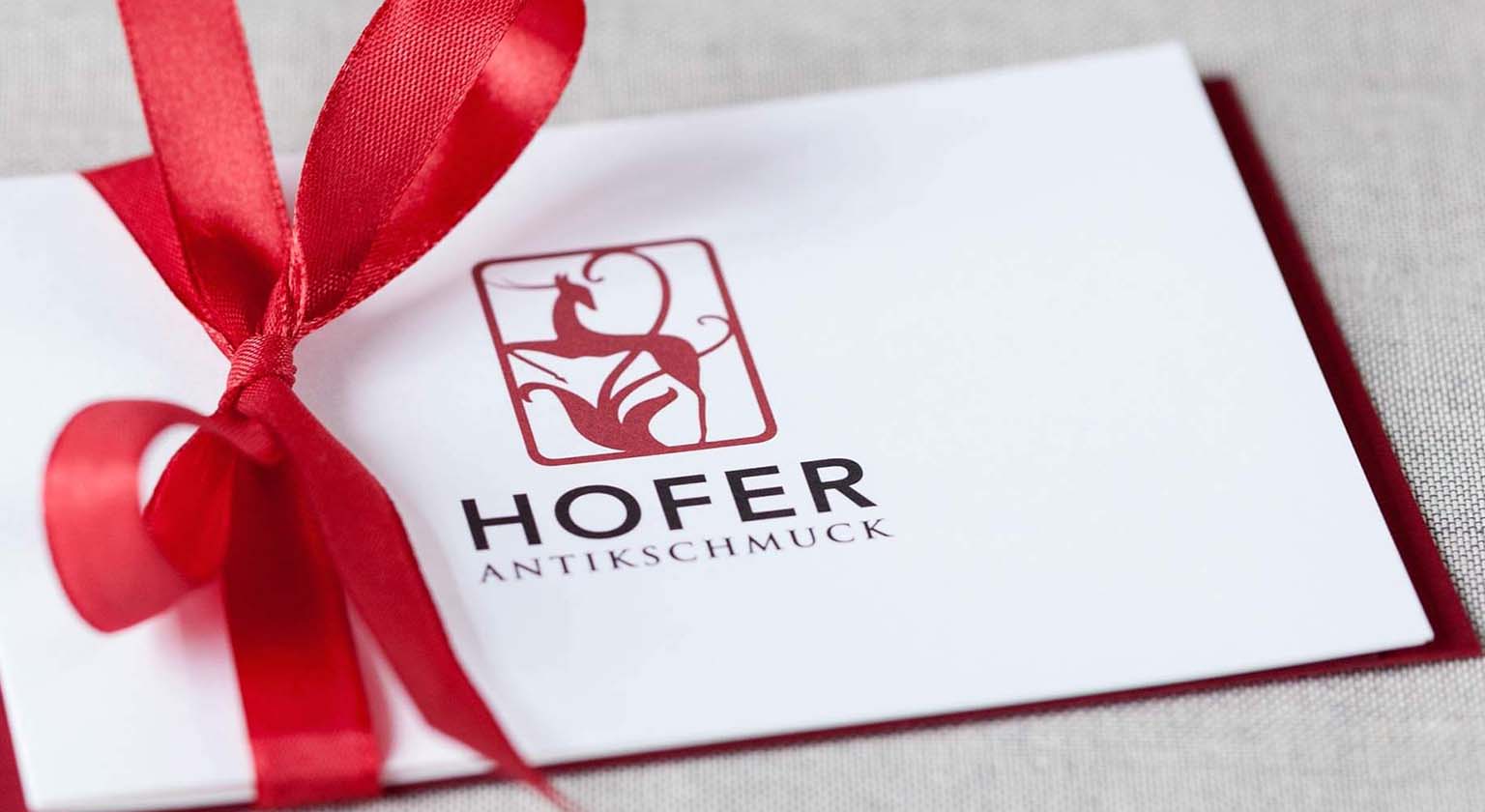ewellery of the 18th and early 19th centuries is clearly influenced by life at court. Both the exuberant Rococo of the Ancien Régime and the strict Neoclassicism of Napoleonic times emerged at princely residences like Versailles, London or the other capitals of the European states of that time. Here, radiant gems in elegant designs helped to exemplify a life of luxury and splendour – and still bear witness to this dream of a world of beauty.
Jewellery of the Rococo loves floral motifs, richly decorated with coloured stones and was worn sewed on the flowing clothing of the period. So-called Giardinetti rings brought whole flower bouquets made of gems en miniature to the hands of elegant women. Asymmetries in the design delighted eyes yearning for variety, much as they determined the eponymous decorative motif of the time, the shell-like rocaille.
When the Ancien Régime was brought to its end by the French Revolution, the designs of European goldsmiths took on a previously unseen austerity. The new proclivity for antique models called for a stronger stylisation of elements and the former colourfulness also diminished: Pearls and diamonds now adorned pieces shining in an abundance of white light. New materials like cut steel and iron sparkled in equally monochromatic colour schemes. Precious coloured stones didn’t lose their popularity, although they were seldom combined with multi-colour pieces. More often, however, newly created cameos in antique style as well as genuine antique cameos were integrated into pieces.
What both periods had in common was their love of pieces with rich décor and high-quality craftsmanship, which is why we’ve placed them together in one category. Created by hand, these pieces feature warm glowing jewels with diamonds set mostly in silver and delicately worked gold that was used in a variety of alloys that are seldom used today. You can find more details in the information about the individual pieces. We invite you to discover them with us – free from the fear of the guillotine!











